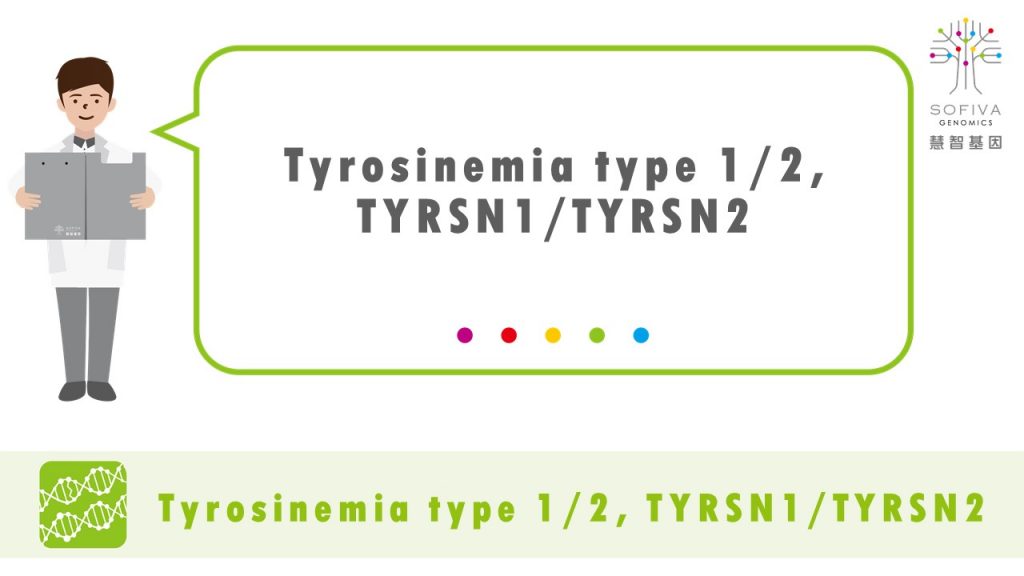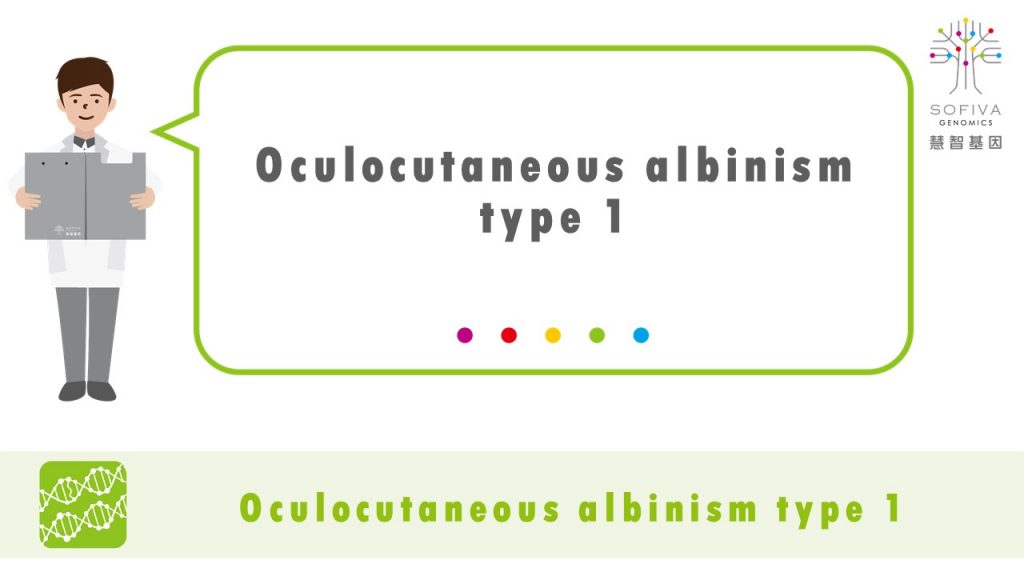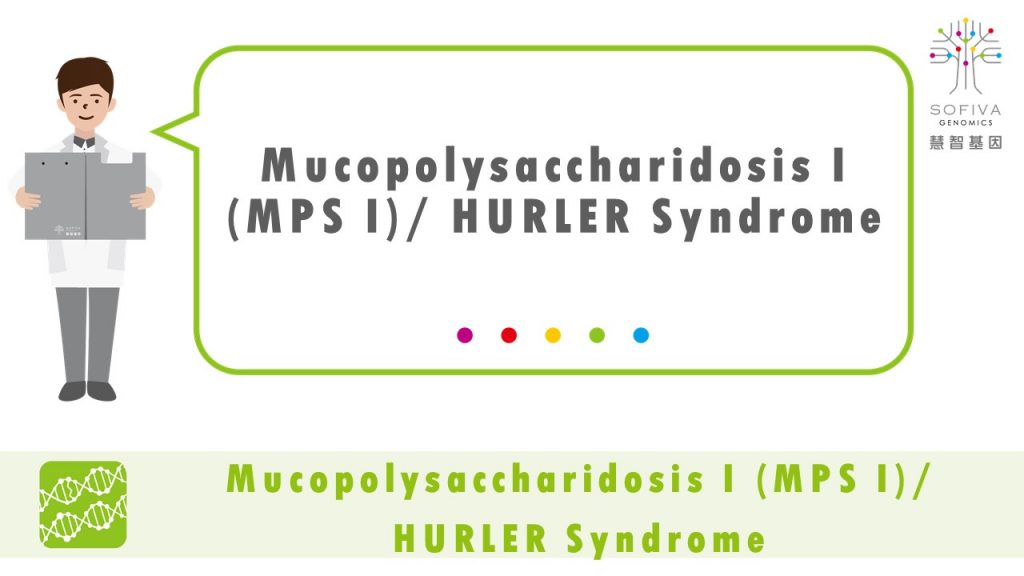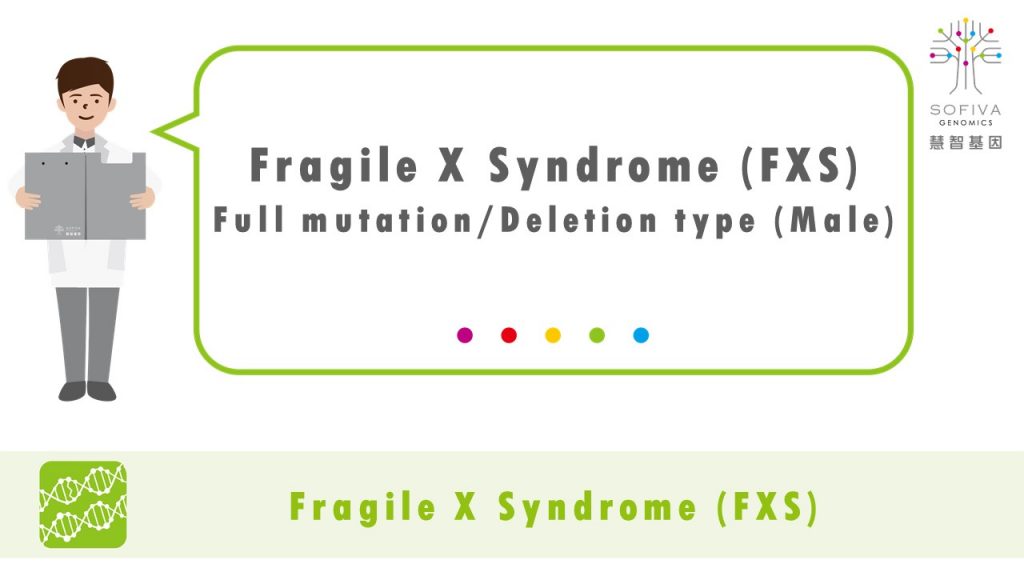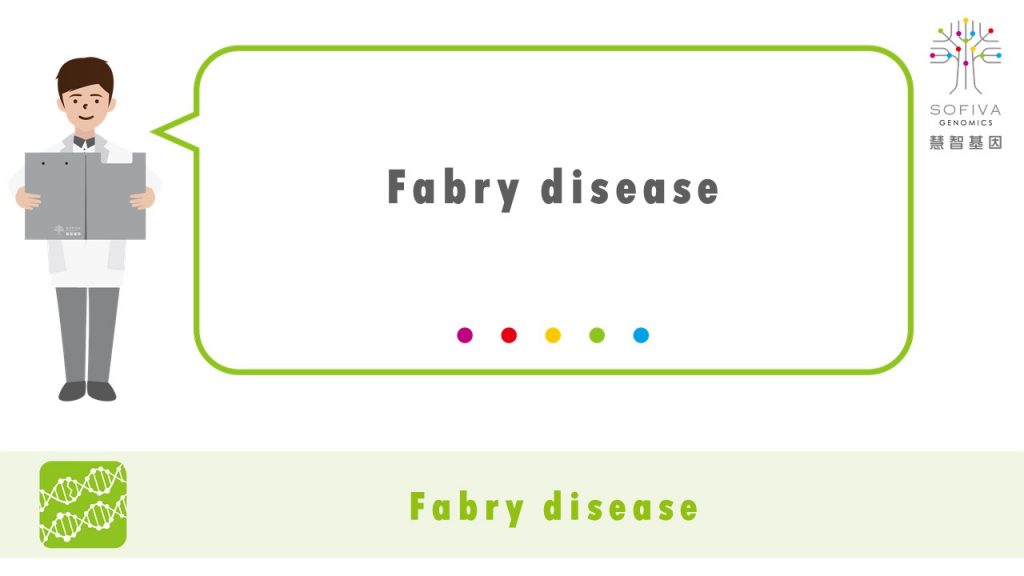Disorder description
Tyrosinemia is a metabolic genetic disease. There are many types according to the mutated genes. Tyrosinemia type 1 is caused by the mutation of FAH gene on chromosome 15, which leads to dysfunction of fumaryl acetoacetate hydrolase. The enzyme can convert fumarylacetoacetic acid (fumarylaceto-acetate) into fumarate and acetoacetate. When enzyme is incapable of providing its necessary function, fumarylacetoacetic acid will convert to succinylacetoacetate and accumulation in plasma or urine. Tyrosinemia type 2 is caused by the mutation of the TAT gene on chromosome 16, resulting in the inability to produce tyrosine aminotransferase or reduce the function. And tyrosine cannot convert into phenylpyruvate and excrete it, leading to the abnormal accumulation of tyrosine in the body, causing hypertyrosinemia.
Carrier rate
The carrier rate of FAH gene is about 0.6%; the carrier rate of TAT gene is about 0.4%.
Inheritance
Autosomal recessive inheritance pattern which means both copies of gene in each cell have mutations. The parents of an individual with an autosomal recessive condition each carry one copy of the mutated gene, but they typically do not show signs and symptoms of the condition. But the next generation has 25% chance of inheriting the abnormal gene from both parents and developing the disease.
Clinical characteristics
Depending on the type of disease, patients have different clinical symptoms:
- Tyrosinemia type 1: This type is the most severe type. Patients usually have clinical symptoms after birth, including developmental delay, fever, diarrhea, vomiting, hepatosplenomegaly, lethargy, and jaundice. The continued accumulation of tyrosine can also lead to liver and kidney diseases, and may increase the risk of liver cancer. Some patients have neurological disorders. Patients can survive into adulthood with early diagnosis and treatment.
- Tyrosinemia Type 2: Patients usually begin the disease in early childhood, affecting the eyes, skin and intellectual development. Symptoms include eye pain, photophobia, and excessive tearing, and palmoplantar hyperkeratosis of the palms and toes. About half of patients in this type are intellectual disabilities. Unlike Type 1 patients, Type 2 patients do not develop liver or kidney disease.
Recommendations
Clinical medicine and genetic counseling by professionals is recommended.
Spouses may consider the genetic testing for FAH or TAT genes.
References
- GeneReviews®
- National Institutes of Health

